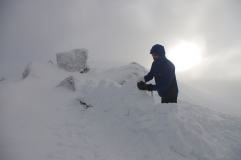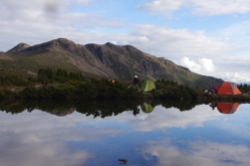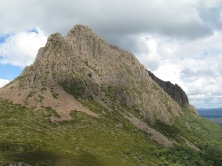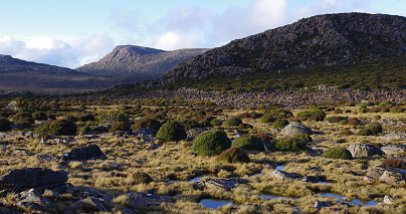Yes, last winter was a bit ordinary. But to be a skier or rider in Australia is to be an eternal optimist (did you see the story this week that hundreds of the world’s leading climate scientists expect global temperatures to rise to at least 2.5C above preindustrial levels this century?) so we have to remain hopeful.
Its May. Its getting cool. Its only a few weeks til the start of the ’snow season’ (yes, it is just a capitalist construct). But its still very exciting that winter is getting close.
Here is the beginning of a list of backcountry events and human powered adventure in the high country. Fingers crossed for a good winter.



































































Recent Comments